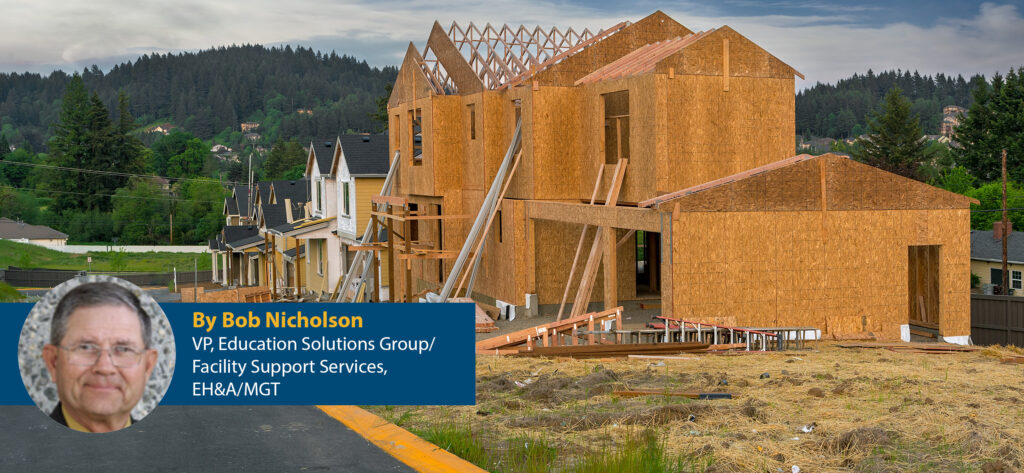
In part one of this multi-part series of articles, we discussed what to know and why to know about development impact fees. If you missed part one, you can find that article here. In our second part, we briefly discussed some of the history of developer fees for school facilities in California. In part three, we briefly discussed the three levels of fees. In part four, we discussed special circumstances and use of fee. Part five we discussed adopting and increasing the fees. Part six we discussed collecting fees and accounting for the collected fees. Part seven discussed permissible and impermissible use of collected fees.
In this article, we discuss statutory exemptions, agreements with non-unified districts, and refunds for unused permits.
Here are some exemptions to the imposition of development impact fees. This is not all-inclusive so be sure you check with your legal counsel and developer fee consultant to ensure you cover all the possibilities. Residential additions under 500 square feet are exempt. Be sure to consider any decrease in existing space and if the project is for more than 500 square feet of accessible space, the fee is imposed on the entire structure. Be sure to check with your legal counsel and consultant about the Accessory Dwelling Units and whether you are impacted by Government Code 65852.2.
If the project is defined to add or increase access for a severely or permanently disabled person, whether the project is a modification or new construction, would be exempt from collection of impact fee. If a structure is damaged due to a natural disaster such as fire, earthquake, flood, landslide, mudslide, etc., and is being replaced in kind, would be exempt. If additional square footage is added to a facility that was impacted by natural disaster a fee can be charged for the additional square footage. This should not be confused with voluntary teardown and reconstruction of a facility that is not impacted by one of the aforementioned disasters.
Religious facilities, used just for religious purposes, full-day private schools grades K-12 are exempt from impact fees as are facilities occupied by government entities whether federal, state, or local. And housing specifically constructed for migrant farm workers that complies with Health and Safety Code 50710 are also exempt from impact fees. Check with your legal counsel for additional potential exemptions.
District’s are required to refund any unused portion of collected fees if the developer’s permit expires before construction. An administrative cost may be deducted for collecting and repaying the fee. See education code section 17624 for more information on repayment of the collected fee.
Non-unified districts sometimes enter into agreements for collection of the impact fee where there is overlap between the districts and collecting the fee exceeds the statutory limitation of collecting the per square foot calculations. The agreement would specify how the funds are shared between the districts. We see this most often in non-unified high school districts due to the overlap with the elementary districts that are feeding students to the high school district. Per education code 17623, districts are required to send a copy of these agreements to the State Allocation Board (SAB).
Our next article will focus on level 2 and 3 fees. A future article in this series will address School Facility Needs Assessment process and procedure. Stay tuned-


